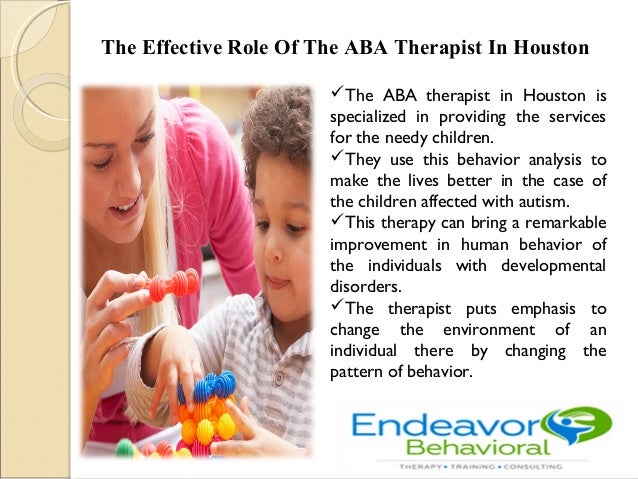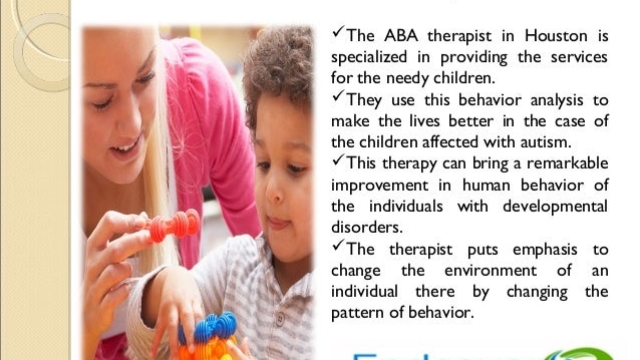In today’s world, understanding human behavior is more crucial than ever. Whether it’s addressing behavioral challenges in children, individuals on the autism spectrum, or even improving workplace productivity, finding effective solutions is key. This is where Applied Behavior Analysis (ABA) shines as a powerful tool. ABA therapy, based on the principles of Applied Behavior Analysis, offers a scientific and evidence-based approach to understanding and modifying behavior. By delving into the intricate workings of human behavior, ABA unlocks the door to tangible and lasting change, benefiting individuals across a wide range of contexts. So, let’s dive into the science of behavior and explore the transformative power of Applied Behavior Analysis.
Understanding ABA Therapy
ABA therapy, also known as Applied Behavior Analysis, is a scientific approach to understanding and modifying behavior. It is a systematic method that focuses on identifying and analyzing the environmental factors that influence behavior, with the aim of developing effective interventions to bring about positive changes in individuals.
At its core, ABA therapy operates on the principle that behavior is a result of its consequences. By examining the relationship between antecedents (what happens before a behavior occurs) and consequences (what happens after a behavior), ABA practitioners can gain insights into the function and meaning of behavior.
The process of ABA therapy involves conducting thorough assessments and analyses to identify target behaviors that are in need of modification. Once these behaviors are identified, interventions are designed and implemented to encourage desired behavior and decrease unwanted behavior.
Overall, ABA therapy is a powerful tool that has been widely used to address a range of behavioral challenges and improve the quality of life for individuals. By understanding the underlying science of behavior and employing evidence-based strategies, ABA therapy offers hope and practical solutions for individuals and their families.
Principles of Applied Behavior Analysis
Applied Behavior Analysis (ABA) is a powerful therapy approach that is changing lives for individuals of all ages with developmental disabilities, behavioral challenges, and other learning disorders. Through the use of scientific principles, ABA focuses on understanding behavior and implementing effective strategies to bring about positive change. Let’s explore the key principles that underpin Applied Behavior Analysis.
Observation and Measurement: A fundamental principle of ABA is the systematic observation and measurement of behavior. This involves carefully monitoring and recording behavior in order to gain a clear understanding of its patterns, frequency, and intensity. By using objective data, ABA practitioners can track progress, identify triggers, and tailor interventions to the unique needs of each individual.
Functional Analysis: A crucial aspect of ABA is conducting a functional analysis to determine the underlying function or purpose of a behavior. This involves examining the antecedents that trigger the behavior and the consequences that maintain it. By identifying the functions of behavior, ABA practitioners can develop targeted interventions that address the core reasons behind problematic behaviors.
Behavior Modification: ABA employs various behavior modification techniques to promote positive change. These techniques include reinforcement, which involves providing rewards or consequences to increase desired behaviors, and extinction, which entails removing reinforcement to decrease unwanted behaviors. By utilizing these techniques, ABA aims to reinforce adaptive skills and reduce challenging behaviors, ultimately enhancing an individual’s quality of life.
Through the application of these principles, Applied Behavior Analysis has revolutionized the field of therapy for individuals with diverse needs. ABA therapy encompasses a wide range of interventions and strategies, tailored to address each individual’s specific goals and challenges. By embracing the science of behavior, ABA empowers individuals and their support systems to overcome obstacles, reach their potential, and lead fulfilling lives.
Benefits and Applications of ABA
ABA therapy, also known as Applied Behavior Analysis, has shown remarkable benefits and applications across various domains. This evidence-based approach has proven to be highly effective in addressing behavioral challenges and promoting positive outcomes for individuals of all ages.
Enhancing Social Skills and Communication: ABA therapy focuses on identifying and reinforcing desired social behaviors while minimizing challenging or harmful ones. It helps individuals develop essential social skills such as eye contact, turn-taking, greetings, and conversational abilities. By using systematic approaches, ABA encourages effective communication, enabling individuals to express their needs and engage with others more confidently.
Promoting Skill Acquisition: Through intensive and structured teaching methods, ABA therapy facilitates skill acquisition in individuals with developmental delays or learning difficulties. It breaks down complex tasks into smaller, achievable steps, allowing for gradual progress. Whether it’s academic skills, self-care routines, or vocational abilities, ABA provides personalized interventions and positive reinforcement strategies to help individuals acquire new skills and reach their full potential.
Addressing Challenging Behaviors: A significant strength of ABA therapy lies in its ability to effectively address challenging behaviors. By analyzing the underlying causes and functions of these behaviors, ABA professionals can develop individualized intervention plans. Through behavior reduction techniques, such as positive reinforcement, differential reinforcement, and extinction, ABA helps decrease undesirable behaviors while promoting more appropriate alternatives. This results in improvements in self-control, emotional regulation, and overall behavioral functioning.
ABA therapy for developmental delays

Incorporating ABA therapy into various settings, such as schools, homes, and clinics, offers countless opportunities for individuals to thrive and flourish. Its evidence-based nature, focus on individual needs, and systematic approach make ABA a powerful tool for behavior modification and improving overall quality of life.
















